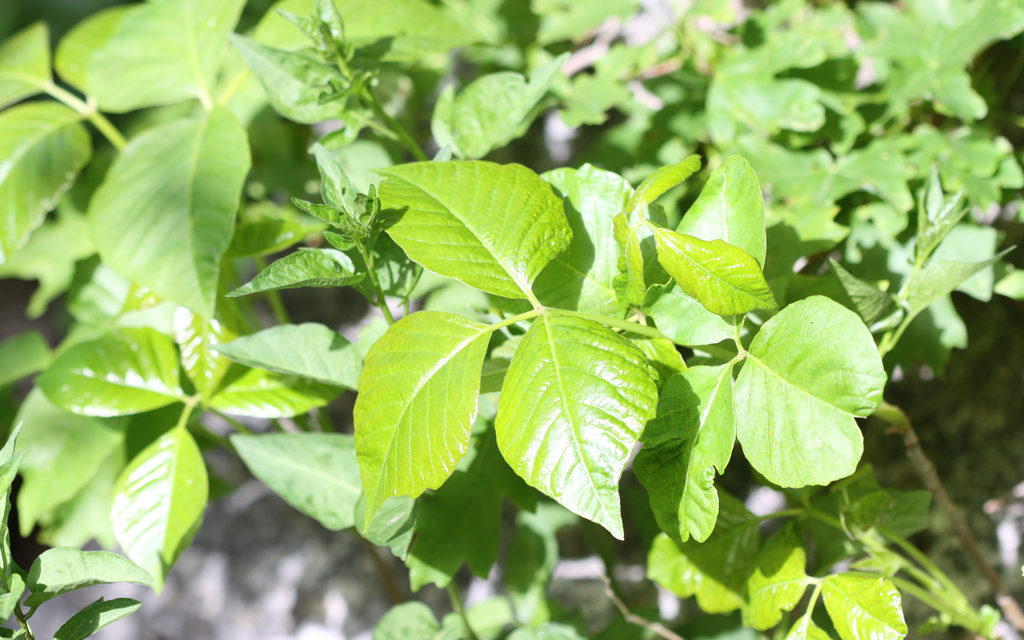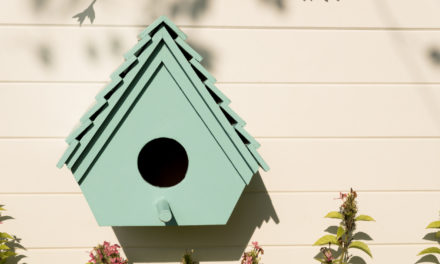When our home became infested with western poison ivy prompting a severe reaction, my physician gave me two options: Sell our home, or get rid of the plant. Due to my sensitivity, my husband was stuck with the second option.
Western poison ivy (Toxicodendron rydbergii) is closely related to eastern poison ivy (Toxicondendron radicans), poison oak (Toxicodendron diversilobum) and poison sumac (Toxicondendron vernix). Poison oak is primarily a Pacific Coastal pest, and eastern poison ivy and poison sumac only exist in the eastern and central U.S. Poison sumac is not related to ornamental sumac shrubs (Rhus sp).
All three share the same allergenic oil in their sap, Urshiol. Contact with this oil can cause an allergic reaction, ranging from an itchy, blistery rash to a rare anaphylactic reaction. Not everyone is sensitive to the toxin. But for those who are, the rash can last one to two weeks. Urshiol is a non-water soluble, very stable substance. It can stay in soil for up to two years, and even dead plants in the Toxicodendron genus can be allergenic. If you have this plant, eradication is ideal, followed by removal of the plant material.
Western poison ivy grows only as a ground vine. It can be identified by these simple rules:
• Leaves of three, never more
• Alternating leaves, never opposite
• Never has thorns, or saw-toothed or scalloped leaves
• Can be shiny or dull
• Leaves can be notched or unnotched
If you suspect you have poison ivy in your garden, use the rules above. If you still aren’t sure, go to Poison-ivy.org and take the poison ivy quiz. This photo-based tool will help with identification.
The vines tend to grow where water is available, often on edges of lakes, ponds, streams and rivers. I saw it recently on the south-facing bank of a drainage area. While poison ivy is somewhat shade tolerant, it prefers sun.
If you have it, eradication should be the goal. Glyphosate can be applied to the vines, but it’s a non-selective herbicide that will harm any plant it contacts. Another option is to apply a product containing triclopyr, a selective herbicide that kills broadleaf plants but does not harm grasses. It might take several applications to eradicate the plant.
Once it’s dead, remove as much of the remains as possible. Dress to minimize the plant’s contact with your skin. If possible, wear clothing you’re willing to discard afterward to eliminate residual exposure to the toxic oil.

 Western Poison Ivy. Photo Credit: andrey_zharkikh (Flickr).
Western Poison Ivy. Photo Credit: andrey_zharkikh (Flickr). 



Comment on: Here’s What’s Up With Western Poison Ivy